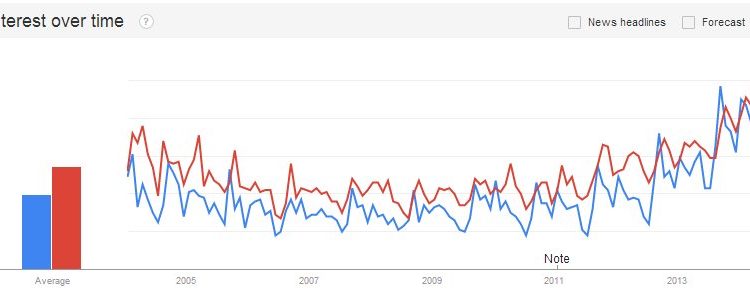A Ciência de Dados se transformou em uma ferramenta tão predominante em esportes coletivos nos dias de hoje que não me surpreenderia saber que times andam embasando seu recrutamento de potenciais astros utilizando-se seus princípios básicos.
Certamente, ficaria muito mais fácil explicar eventuais trocas futuras por jogadores desconhecidos, de times não tão famosos assim.
No baseball, isso já é feito há tanto tempo que já foi até colocado em roteiro, com 5 indicações aos Oscar (MoneyBall – O Homem que mudou o jogo de 2011).
No futebol americano, o pioneiro Bill Belichick, do Patriots, caminha por aí com seu ar de mago do esporte, conspirando visões sobre o dia em que techs do vale do silício comandarão times de futebol.
Ciência de Dados + Esportes Coletivos
Mesmo como leigo, se é que algo assim ainda existe nessa era cursos online sobre praticamente tudo, é fácil de entender o argumento central para o uso de estatística a esportes coletivos que é mais ou menos assim:
Sabemos que para ganhar jogos é necessário um time. E que um time formado por jogadores individualmente razoáveis, que provêm exatamente o que o time precisa a um preço baixo, em média, compete bem contra times maiores que constroem suas equipes em volta de algumas estrelas, mas que têm alguns elos fracos ou inexistentes.
E como se escolhe jogadores com este perfil?
É aí que entra a estatística – ou a sua nova e mais robusta forma, a ciência de dados.
Basicamente, deixe que desempenhos antigos falem por si mesmos.
No lugar de uma estrela do Baseball que faz muitos strikes out (eliminado por não acertar a bola) com 25% de acerto e 35 home-runs, um jogador cuja porcentagem de acertos é de 40%, mas sem potência para home-runs pode ser o que o time precisa.
Ou seja, a ciência de dados irá identificar parâmetros que realmente funcionam, ao invés de apoiar-se em números soltos e descorrelacionados, como era feito à moda antiga.
Assim, se constrorem modelos que simulam o desempenho médio do time a partir de um conjunto dado de jogadores e os afunila até criar um time com os requeridos ganhos percentuais e, igualmente importante para o clube, de justo tamanho nos contracheques.
E como ficam os esportes individuais?
Nesta reportagem Steve Woods, chairman da Aruba Networks, relata como o futuro astro do tênis Nick Kyrgios revelou-se a mistura perfeita de atributos, dando-lhe confiança para declará-lo uma futura estrela aos doze anos de idade.
O relato indica “genética, histórico familiar e formato do corpo” como elementos-chave para futuros astros, no lugar do talento puro, que pode sim estar correlacionado, mas que pode ser enganador quando analisado de forma isolada.
É evidente que essas constatações não são exatas; provavelmente há mais detalhes por trás disso. Seria ingênuo acreditarmos completamente nessas alegações, dado que são feitas por uma empresa de tecnologia que busca lucro.
Mas por outro lado, eu consigo entender que espécimes atléticos como Rafael Nadal e Nick Kyrgios pontuem alto nesses algoritmos, mas me pergunto se John McEnroe e seu corpo de boneco palito ou Serena Williams com sua aparência de guerreira lutadora teriam sido previstos como futuros astros por algum algoritmo que não levasse em conta o talento puro para jogar tênis como um fator primordial.
“Eles são apenas outliers”, diria o estatístico.
Ou, talvez, haja fatores desconhecidos até então no fundo do código genético dos jogadores, ou no histórico de cuidado e nutrição de seus primeiros dias de vida ou em algo ainda mais obscuro como os hábitos de assistir televisão dos seus pais, que explicariam os Johns e Serenas do mundo.
Ah. Nem que seja pela graça de mais Dados.
Post traduzido em Out/2020. Texto Original aqui
Quer conhecer um pouco mais sobre como utilizamos estes conceitos para encontrar oportunidades de margem em seu negócio? Clique aqui





